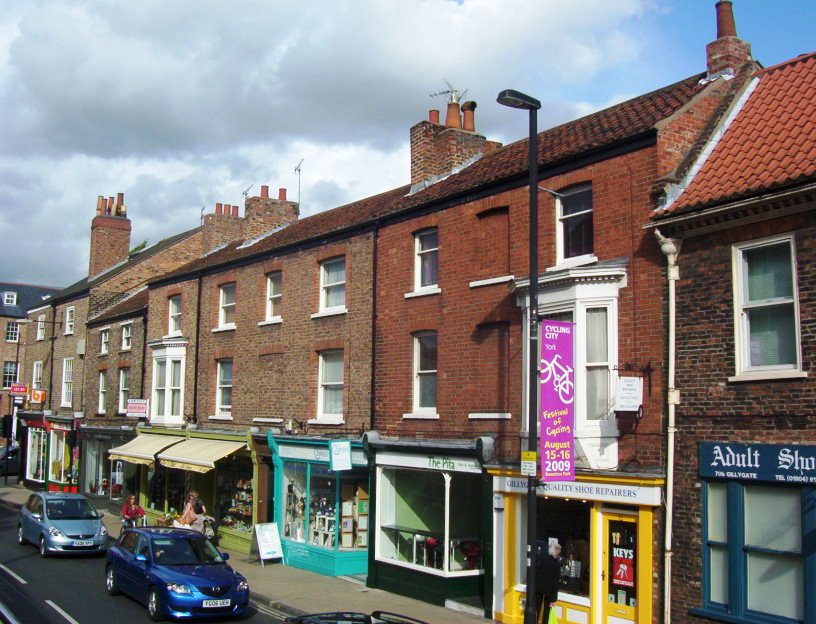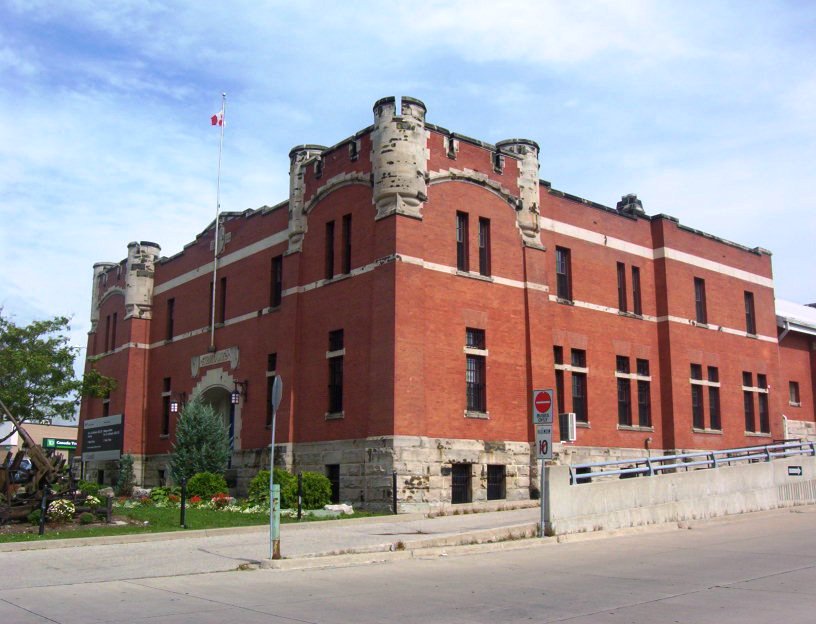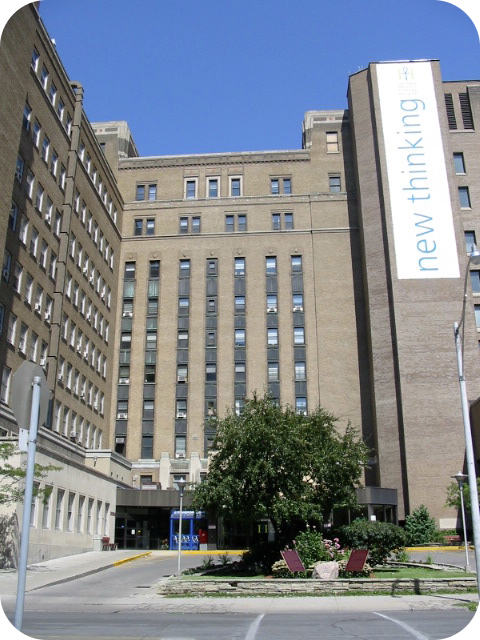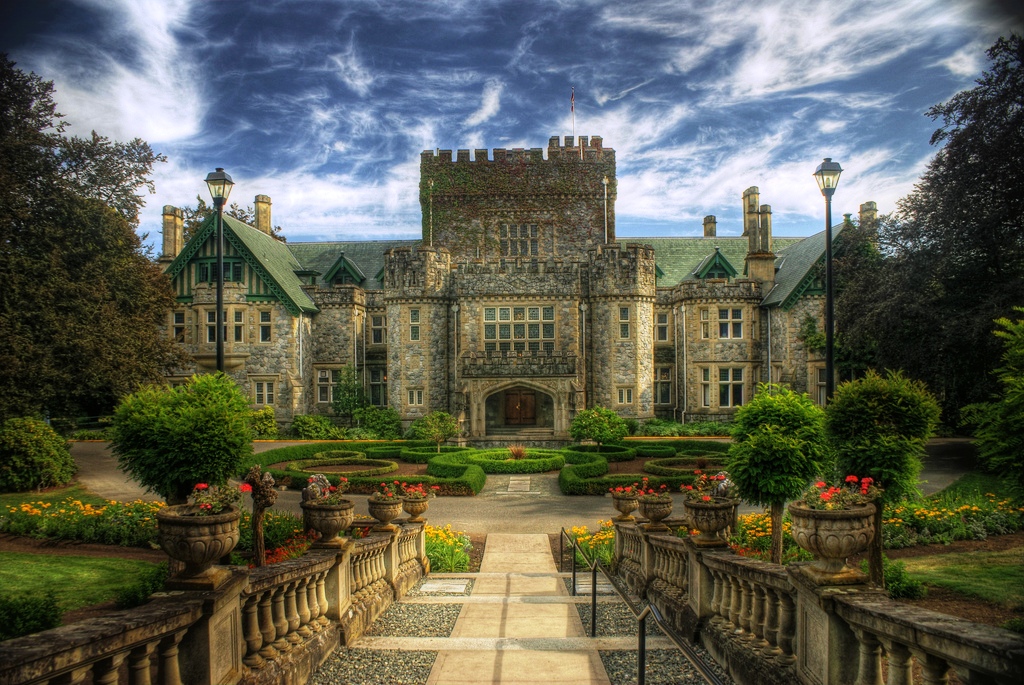I was talking to a group of students last week about the discipline of history and commemoration and where it may be heading in the future, when an interesting side topic came up. One student asked about the origin of certain key phrases, like “hat trick”, “here’s mud in your eye” and other things that we’ve heard but don’t necessarily know their origins. One common phrase was “daylight robbery.” Many of the students had heard their parents or grandparents say this in reference to the Federal Government and taxation. When I explained that origin to them, they stared at me in disbelief. So, here’s the story on that.
In Renaissance England, only the rich could afford windows on their homes. This was not only because the glass itself was expensive and considered a luxury, but because you were taxed on the amount of daylight that entered your home. That’s right, daylight was taxed heavily. The more windows you had, the more daylight came through, so therefore, the higher your taxes. If someone moved into a property they did not build themselves, a representative from the town council would enter the home and estimate how much your daylight taxes would be by the amount of sunshine coming through the windows. If you could not afford this tax, you would brick the window up to avoid the tax. Window coverings such as drapes and curtains did not prevent you from paying this tax. You’re only alternative was to brick up the window.

Photo Credit: Laura Waldie, 2009
In the picture above, do you see the bricked up windows above the green, yellow, and blue coloured shop fronts? These are in the city of York in northern England. They were bricked up in the 1830s. York was one of the last cities in England to abolish the daylight tax. Citizens accused the governments of stealing their daylight and, thus, the phrase “daylight robbery” came into being. It usually is in reference to government taxation but our modern society uses the phrase to mean something unfair in general.
All over Britain you can see examples of bricked up windows to avoid that ancient tax. And now you know the history of this little phrase. And you thought modern Canadians were heavily taxed!









Recent Comments